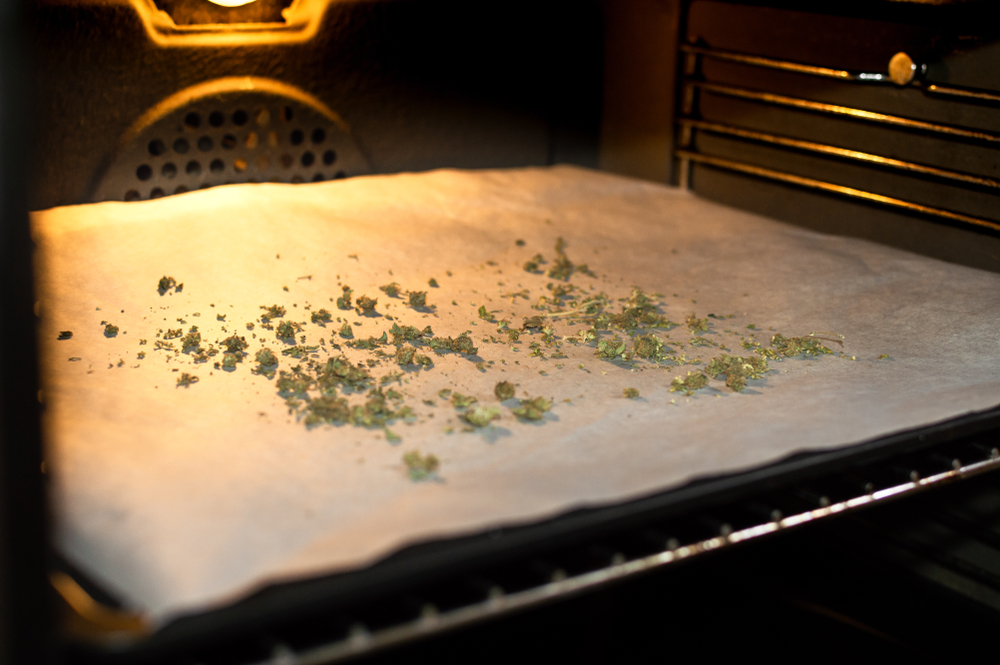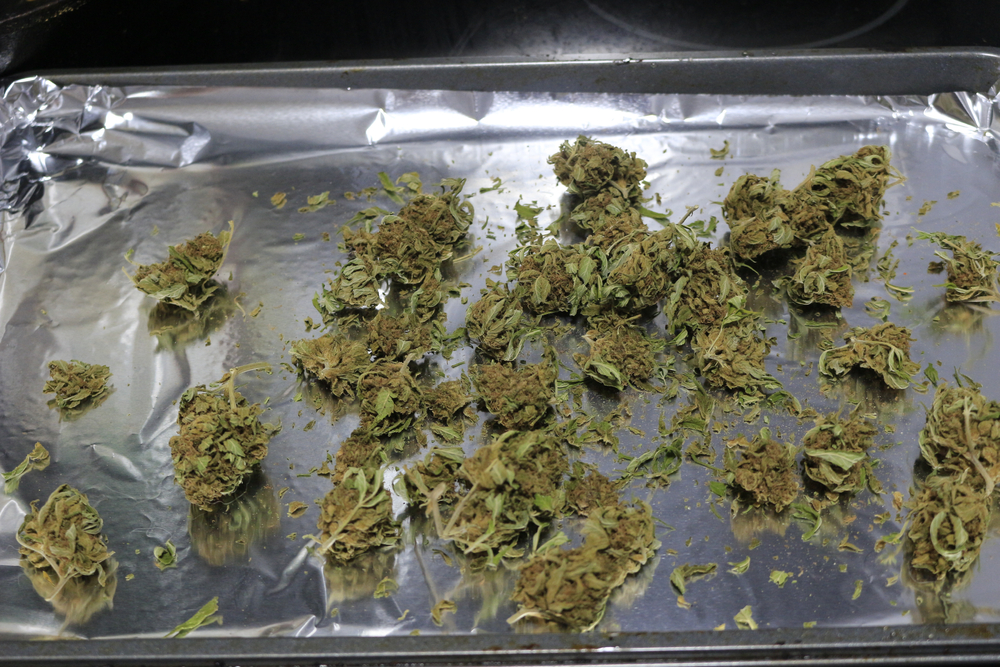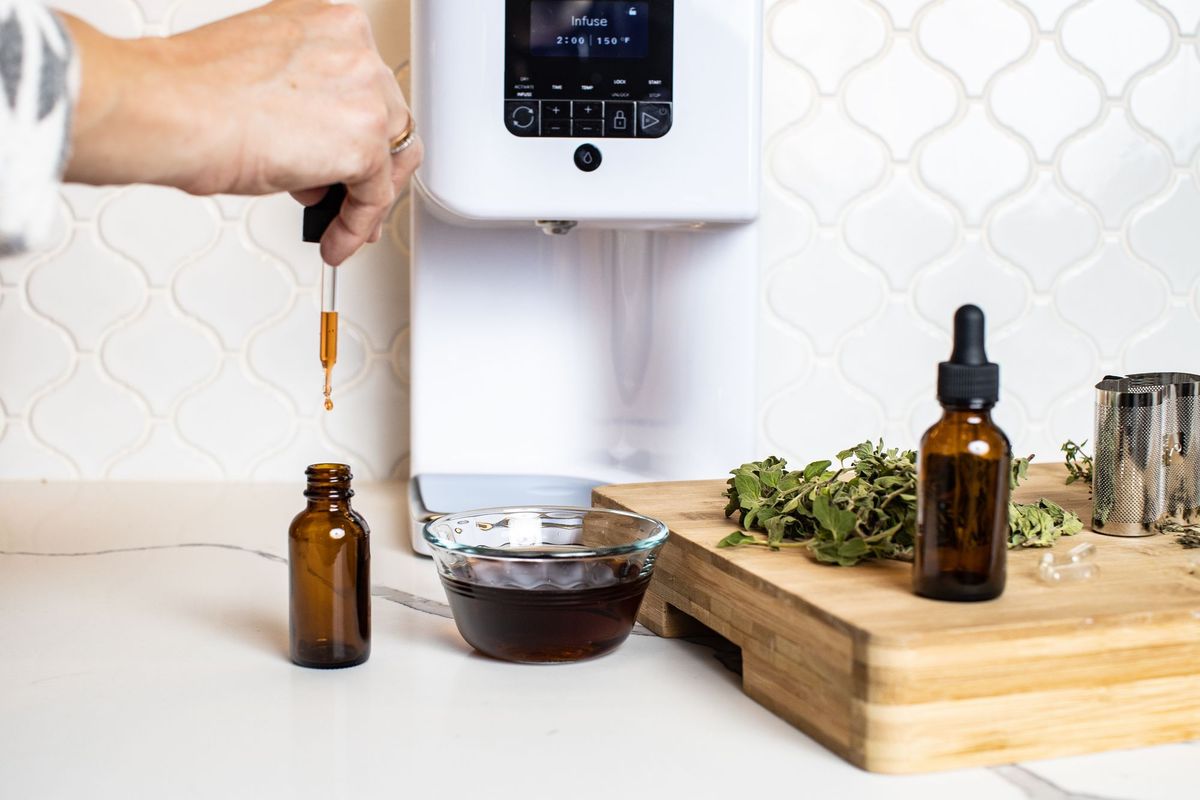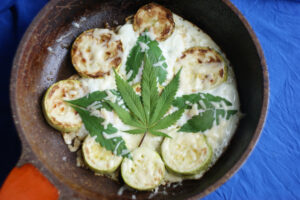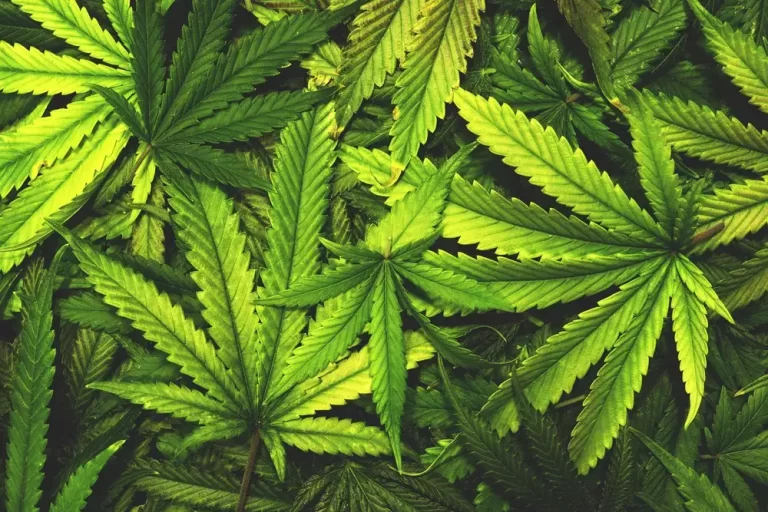
Do You Have to Decarb Weed for Butter?
- Cannabutter, Decarb
- Cannabutter Digest
Imagine you’re about to embark on a culinary adventure with cannabis. You’ve got your recipe in hand, your ingredients lined up, but there’s one crucial step that can’t be overlooked: decarbing your weed. You might wonder, “Do I really need to decarb weed for butter?” The answer is a resounding yes, and it’s the key to unlocking the full potential of your cannabis-infused creations.
If you’re looking for an easy way to calculate the amount of THC in your recipe, use our edible and dosage calculator for THC and CBD.
What is Decarboxylation?
In simpler terms, when you decarboxylate cannabis, you’re activating the cannabinoids by applying heat, turning non-psychoactive THCA into the potent THC that delivers the euphoric and therapeutic effects associated with marijuana. This is why every cannabutter recipe insists on “decarbing” your weed before cooking—it’s the crucial step that ensures your edibles will have the desired effects.
Without decarboxylation, cannabis remains in its raw, inactive form, meaning you won’t experience the high or the full range of medical benefits. Only by converting THCA into THC through decarboxylation can cannabis deliver its powerful effects, making this process essential for anyone looking to make potent, effective edibles.
Can I Cook with Raw Cannabis?
No, you shouldn’t cook with raw cannabis. Decarbing your weed before cooking is essential because it activates key compounds like THC and CBD. Without this crucial step, you won’t experience the full benefits of cannabis, as the raw plant lacks the psychoactive properties that only come to life through the process of decarboxylation.
How Do People Decarb Their Cannabis?
There are two primary methods for decarbing cannabis before using it in edibles: using an oven or a decarboxylation machine.
For most cannabutter recipes, it’s essential to decarb your weed before mixing it with butter or oil. The traditional method involves using
heat from an oven to activate the THC in the cannabis. Alternatively, you can use a decarboxylation machine for a more precise and controlled process.
If you’re unsure which method works best for you, try both. Experiment with each technique and compare the potency of your infused butter or oil to see which delivers the results you prefer.
Using a Decarboxylation Machine like the LEVO II.
The LEVO II Oil Infuser is commonly used for decarbing marijuana to make cannabutter, THC infused oils, CBD salves, and every day infusions like rosemary olive oil and garlic butter.
To get started with the LEVO II, turn the LEVO II on by pressing the power button.
Press “Activate” to decarb weed with a decarboxylation machine like the LEVO II Oil Infuser – this activates THC and gets rid of any
impurities in your product! The decarbing process should take about 30 minutes, then turn off your machine when it’s done decarbing weed.
Now it’s time to add your decarboxylated marijuana and desired cooking oils or butter into the LEVO II! Simply follow the steps outlined in any cannabutter recipe, like this one for infused chocolate truffles. Or try making a cannabis-infused salve with our CBD Salve Recipe.
If you’re looking to decarb weed with a decarboxylation machine, check out the LEVO II Oil Infuser today by clicking here.
Decarbing Flower Using an Oven
Decarbing weed in the oven is a straightforward process that takes just 20-30 minutes.
Start by preheating your oven to 240°F (115°C). While it’s warming up, finely grind your cannabis flower or kief in a food processor. Grinding ensures even heat distribution, allowing for more effective decarboxylation. Once ground, line a baking sheet with parchment paper and spread the cannabis evenly across the surface. Place the tray on the center rack of your oven and let the cannabis bake for 20-30 minutes—this is when the magic happens!
After decarbing, allow the cannabis to cool completely before using it to make cannabutter or cannabis oils. Cooling helps preserve the THC, ensuring your edibles pack the punch you’re looking for. And remember, always use oven mitts when handling hot trays to avoid burns. Once cooled, you can grind the cannabis again for use in your favorite recipes.
Decarbing Your Cannabis Using a Slow Cooker
If you’re up for a more involved decarbing method, using a slow cooker is an option that requires a bit more time and effort.
Start by filling the bottom of your slow cooker with about an inch of water, or as much as your cooker can accommodate. Insert a thermometer into the water; it should reach at least halfway up the side of the glass mason jar where you’ll decarb your weed. Adjust the water level by adding boiling water or removing some until the desired level is reached. Set your slow cooker to high, aiming for a temperature around 210°F (98°C).
Next, place your cannabis on parchment paper inside a glass mason jar, similar to how you would prepare it for oven decarboxylation. Gently position the jars in the preheated slow cooker. If the jars don’t fit snugly, use a trivet or another heat-resistant item to keep them elevated above the water level.
Now for the decarboxylation process: Set a timer and let the jars simmer in the slow cooker for four hours. Some slow cookers have automatic shut-off features, so be sure to check the water level every 90 minutes to maintain the correct temperature and avoid the jars drying out. After the four hours have passed, carefully take the mason jars out of the slow cooker and let them cool down without opening the lids—this step is essential to maintain the potency of your cannabis.
After the jars have cooled, open the lids to reveal your decarbed cannabis. The leaves should appear darker and slightly crispy, indicating they’re ready to be used. If needed, grind the decarbed weed again before using it in your favorite cannabutter recipes.
How to Make Cannabis Butter in a Saucepan: An Easy Cannabutter Recipe
The most basic cannabutter recipe consists of marijuana, butter, and water.
In a large saucepan over low heat, melt one pound of unsalted butter.
Add one ounce of decarboxylated cannabis to the saucepan and stir thoroughly with a large spoon to fully combine it with the butter. Next, pour in three cups of water and transfer the mixture to a slow cooker or crockpot. Set it on low heat and let it infuse for eight hours, stirring occasionally if possible to ensure an even blend. Once the infusion is complete, strain out the plant material using cheesecloth over another bowl, squeezing gently to extract all the liquid (be sure to save this liquid). Finally, transfer the finished cannabutter to mason jars or airtight containers and refrigerate it to preserve freshness for up to six months.
Making Cannabis Butter With The Levo II
The simplest and most effective way to make cannabutter is with the LEVO II.
To get started, fill the herb pod with either fresh or coarsely ground dried cannabis leaves.
Slice 16 oz (four sticks) of butter into large pieces, so they fit nicely in the reservoir of the LEVO II. Place them inside and close the lid.
Add the herb pod to the reservoir and press down on it so that all of your cannabis leaves are submerged in butter.
Choose one of our preset programs for making cannabutter instead if you’d prefer not to do any math or estimation at all. For example: set a timer for three hours and let LEVO II infuse your flower into butter. When complete, open the lid and remove the herb pod – squeeze out any remaining liquid/butter into the container!
What Kind of Recipes Can I Make with Decarbed Weed Butter?
The possibilities are endless when it comes to crafting delicious edibles with decarbed weed butter. Here are just a few popular cannabis-infused recipes to inspire your culinary journey:
- Pesto Pasta with Creamy Cannabis Sauce
- Cannabis-Infused Brownies
- Cannabutter Cookies
- Chocolate Covered Pretzels
- CBD Mushroom Gravy
- CBD Superfood Smoothies
These are just the beginning—any recipe that calls for an infused butter or oil can be elevated with the addition of decarbed weed.
Whether you’re whipping up savory dishes or sweet treats, decarbed weed butter brings a unique twist to your favorite meals.
For more cannabis-infused recipes and the latest in marijuana news, be sure to visit our blog. And if you’re looking to refine your skills and master the art of edible making, consider joining the Elevated Edibles Masterclass, where you can gain expert knowledge to perfect your homemade creations.
Related Posts:

